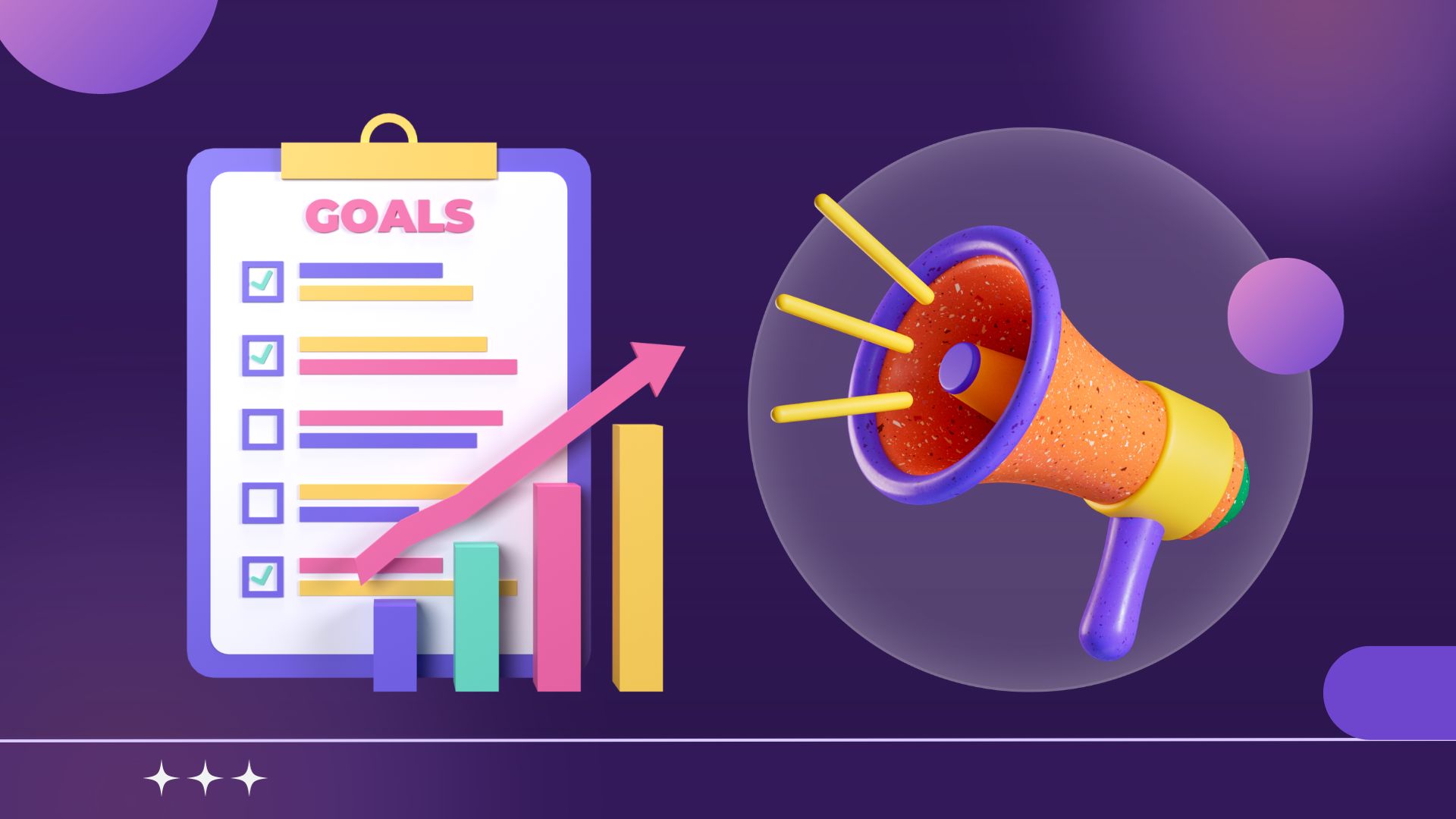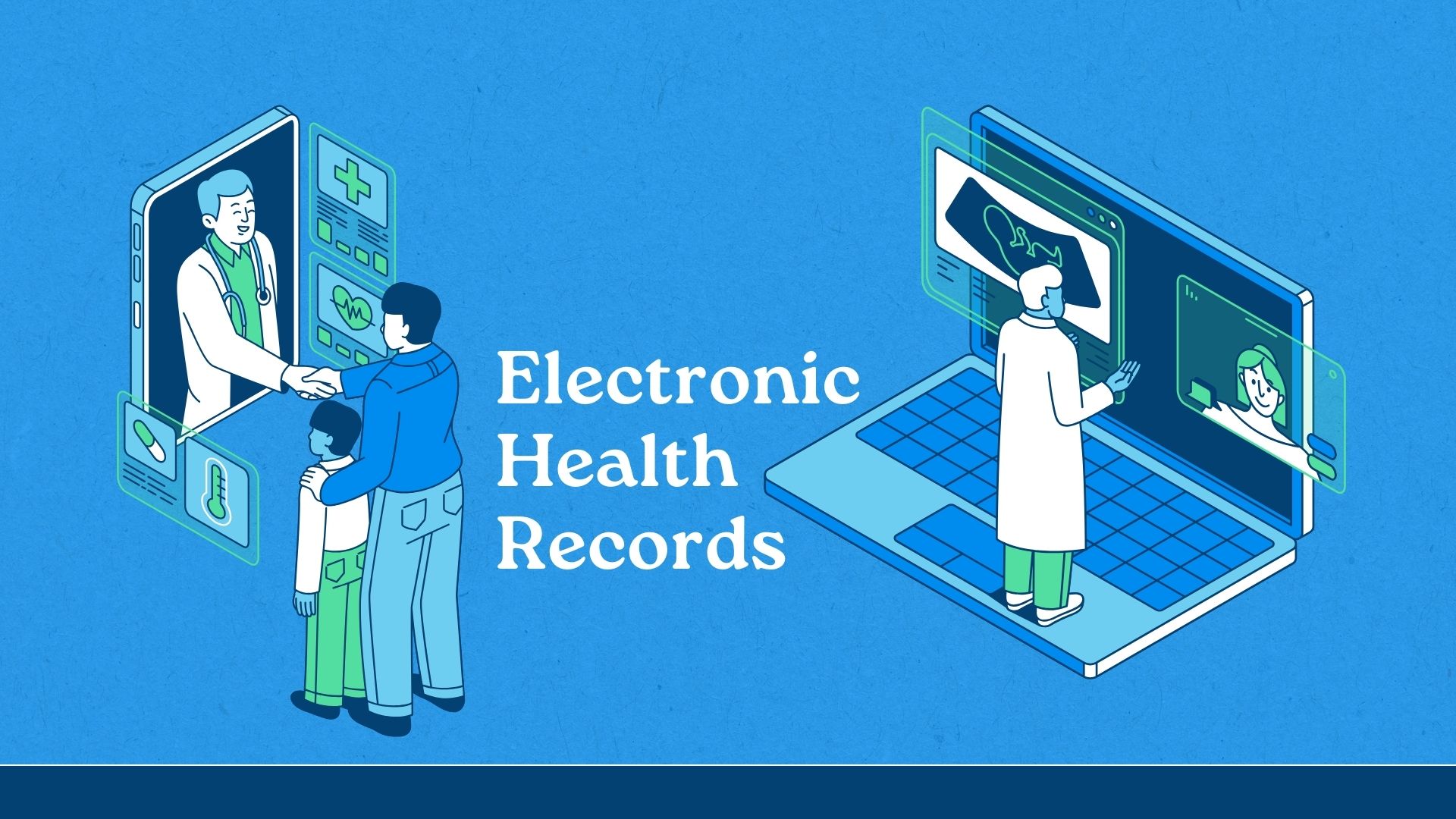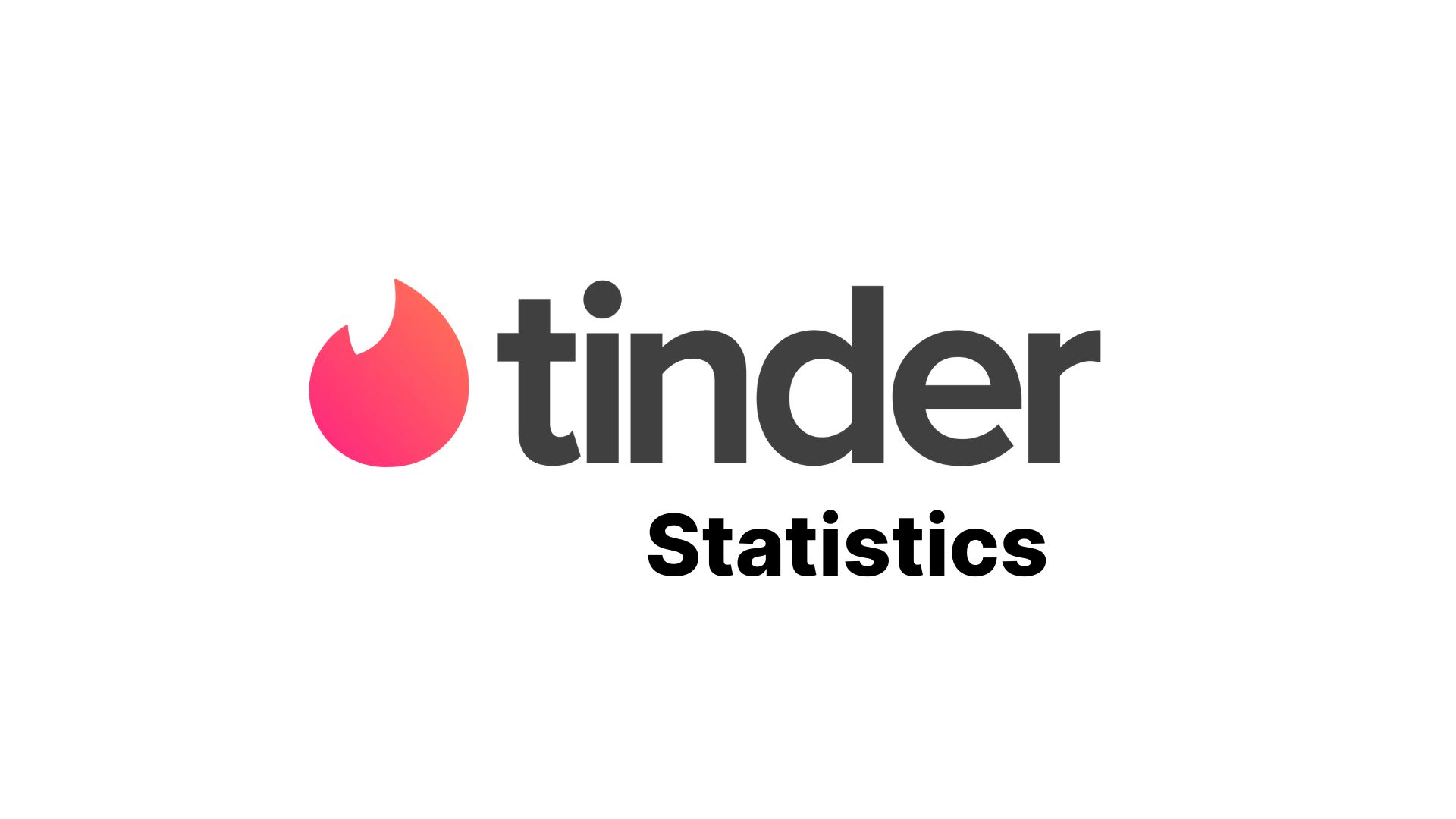Customer Data Is Not Dirty Laundry
 While nearly every business would claim that the information it gathers about its customers is a mission-critical, strategic asset, many don't treat this “asset” accordingly. Most customer data is left lying around in different systems, and in various stages of completeness and quality — not unlike dirty laundry.
While nearly every business would claim that the information it gathers about its customers is a mission-critical, strategic asset, many don't treat this “asset” accordingly. Most customer data is left lying around in different systems, and in various stages of completeness and quality — not unlike dirty laundry.
It would appear that, while businesses cheerfully spend incredible amounts of time and money collecting customer data, they seem far less adept at turning this data into actionable information.
Customer Data Segmentation Framework
This is no small problem. For most organizations, customer information represents a huge amount of data, which gets bigger and more complex every day. When you look through the many different applications and systems of a modern corporation, you realize that nearly every major system has some type of information that is either about customers or relates to their actions.
And while some types of information changes daily (sales transactions), other information does not (client name and address). Some types of information become old and worthless after a few months; yet for other types, the information is just as valuable as ever. To ensure the timeliness and value of customer information, and to help understand what types of information goes where, organizations develop “knowledge maps,” which comprise different categories for customer information, helping them to manage it and keep it up to date and well cared for.
One of the most popular knowledge maps, or metadata, about customer information is called a Customer Data Segmentation Framework, which is a sort of an outline for organizing and thinking about such a huge amount of data.
Strategic vs. Tactical
The first task in creating a Customer Segmentation Framework involves classifying customer data into strategic and tactical categories.
Strategic categories are broad and long-standing, and elemental to the business you're in. For example, if you're an insurance brokerage, you know that you sell to businesses and individuals. Thus, corporate risk managers represent a customer segment that will be relevant to your business over the long run.
These strategic categories are defined by market analysis, competitive intelligence and opportunity assessment. These strategic segments can be further refined and/or more clearly detailed via data analytic tools such as Online Analytical Processing (OLAP) for multi-dimensional queries and reporting, or a descriptive data mining model called “clustering” to better define market and/or consumer strategic segments.
Cluster Analysis
Clustering is often used to define market segments by looking at the contributing attributes of a known outcome. For example, cluster analysis is used to discover the traits and features of high-value customers. These traits are then often used to filter customer prospect information, in order to highlight those prospects who share the same attributes as current high-value customers and thus represent superior potential value as customers, and accordingly, deserve special marketing and customer service attention.
Tactical customer segmentation is more fluid and dynamic, refined and tracked more frequently, and more defined via implicit and explicating profiling techniques.
Categories include:
- Demographic (age, income, financial/credit status for individuals, Standard Industrial Classification (SIC) code, business financials, Dun&Bradstreet ratings for companies)
- Behavior (buying habits, including recent, frequency and monetary value; service history, response and conversion rates to different marketing campaigns)
- Preferences (content, interests, navigation paths and search word selections, channel of preference)
- Lifecycle stage (which spans anywhere from awareness, trial or first purchase, repeat purchase and loyal customer status)
- Perception (attitudes, brand recognition, and perceived traits)
Predictive Modeling
In order to create and maintain these buckets of short-term, tactical information, customer intelligence analysts use a combination of data warehousing and data mining techniques.
For pre-defined views of customers, analysts pull information sets from a relational database that serves as the repository of all stored information — called a data warehouse — and create multi-dimensional “cubes.” These cubes represent physical data structures that are optimized to process queries. These data structures are queried via OLAP techniques.
For more detailed analysis, data experts use specialized applications called data mining programs to help them uncover hidden patterns and unforeseen contributing attributes in the data, and, in doing so, also help them construct more informed (OLAP) queries.
A category of smart data mining applications known as predictive modeling, such as classification, regression and sequencing, help companies more accurately predict the future demand or behavior, relative to other independent variables.
Got an opinion on this stuff? Willing to share it? If so, please write me at [email protected].
Arthur O'Connor is one of the nation's leading experts on customer relationship management (CRM) and customer-facing IT systems and strategies. He's currently the national columnist for eCRMGuide.com and this year serves as the chairperson of the Institute for International Research's CRM Conference. Arthur has over 20 years leadership and management experience in the area of customer management, strategy and new business development, including 15 years as a senior corporate officer of two NYSE-listed inter national corporations, and over five years experience as an independent management consultant and Big 5 firm practice manager selling and managing large-scale IT engagements.




